About Leaves
1. Defining leaves.
Most of us recognize a plant by its flower, but in horticulture school students are taught to identify plants by all their characteristics, and leaves are among the most complex. Foliage shape, arrangement, venation, margin, tip and surface are all classified. The great thing about getting to know all the terminology—aside from making you a sparkling conversationalist—is that you can imagine what the foliage looks like from the description in a catalogue without pictures.

2. Shape.
In higher education, leaves are not heart-shaped; they are cordate if the petiole (leaf stem) is opposite the heart point of and obcordate if the petiole is at the heart point. A palmate, shaped like the palm of your hand, is differentiated from a digitate, upon which the divisions are more like fingers. If the divisions closest to the petiole are further divided, that is a pedate.

3. Petioles.
A leaf can be petiolate (have a stem) or sessile (attach directly to the plant without its own little stem). Decurrent sessile wrap around the plant stem at the base. Sometimes it looks as though the plant stem goes right through the leaf; this characteristic is known as perfoliate.
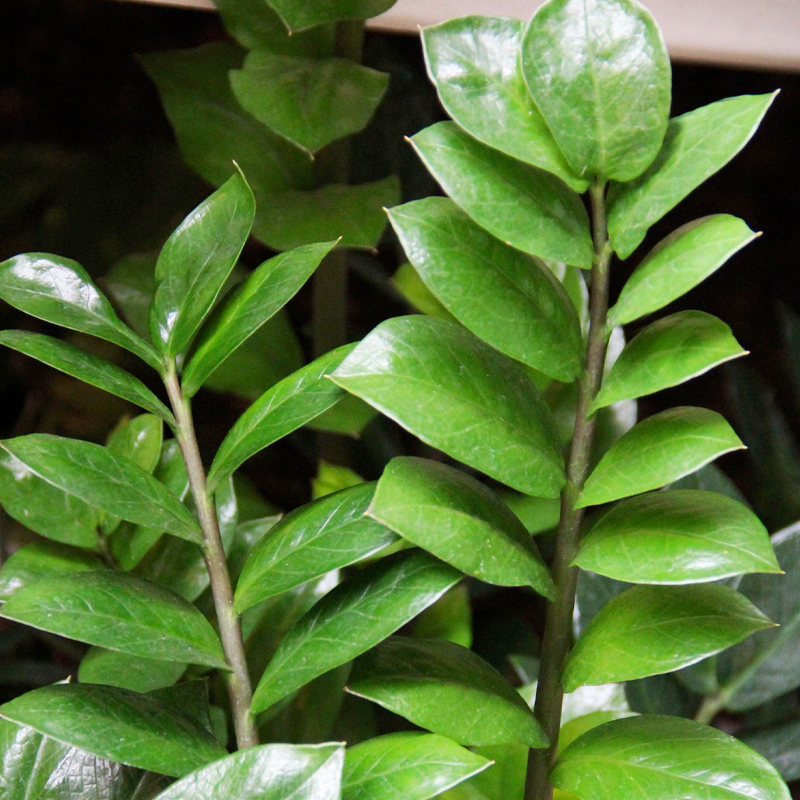
4. Arrangement.
The arrangement of leaves along a stem is alternate when each petiole is individually attached at its own point, each pointing in the opposite direction from the last. However, when two are attached at each point, the arrangement is opposite. Three or more at one point and they are said to be whorled.
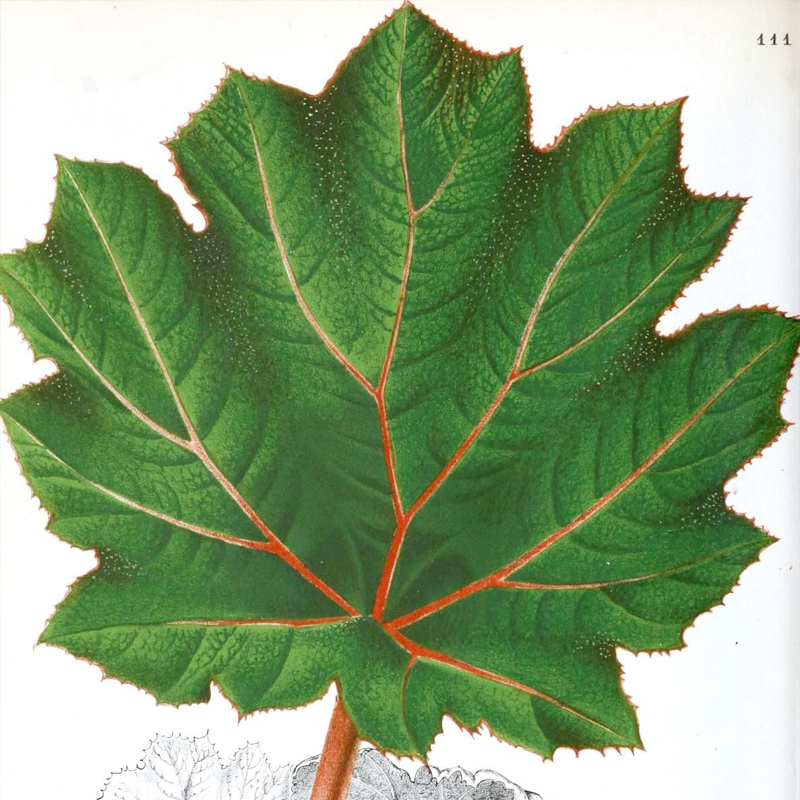
5. Venation.
The form the veins take is another identifier. The simplest forms are palmate, where the veins branch off like a tree; parallel, where the veins all run the length of the leaf, not intersecting; and pinnate, where secondary veins branch off from the main vein in opposite pairs.
6. Margin.
A completely smooth leaf has an entire margin. If it has coarse teeth, it is dentate, but if it is finely toothed, it is denticulate. These are different froms that are serrated—the teeth point toward the tip of the plant. And more finely serrated margin is serrulate, and when the teeth have teeth of their own, the margin is said to be doubly serrate. Of course, there is also a slate of terms for foliage with curvier margins.
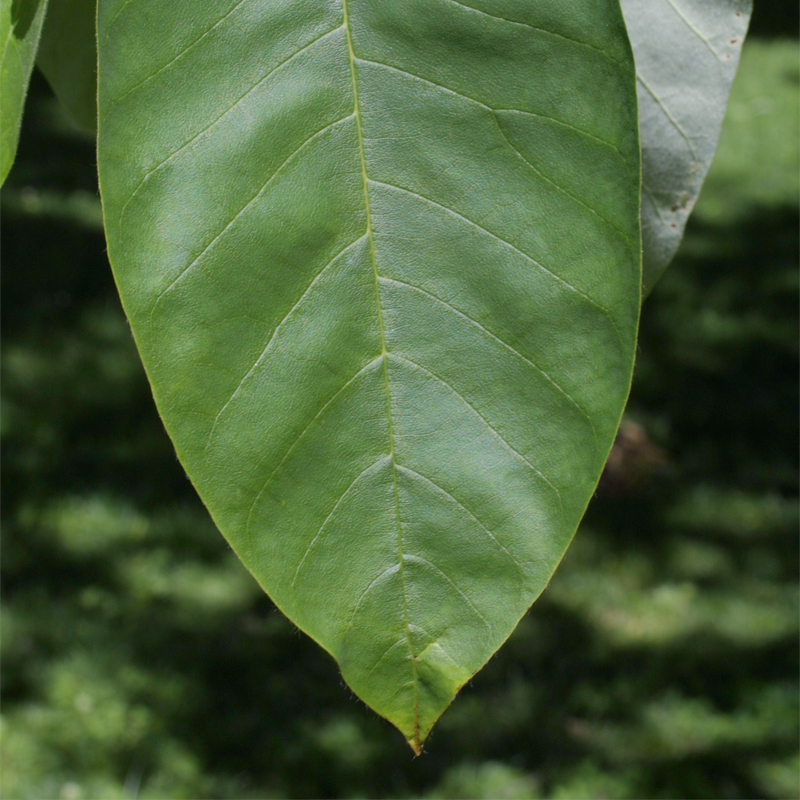
7. Tip.
Pointy tips may be acute, where the angle of the point is less than 90 degrees; acuminate, where the point is longer and tapered; or mucronate, where it looks like the leaf is going to have a rounded tip, then suddenly a little point juts out.
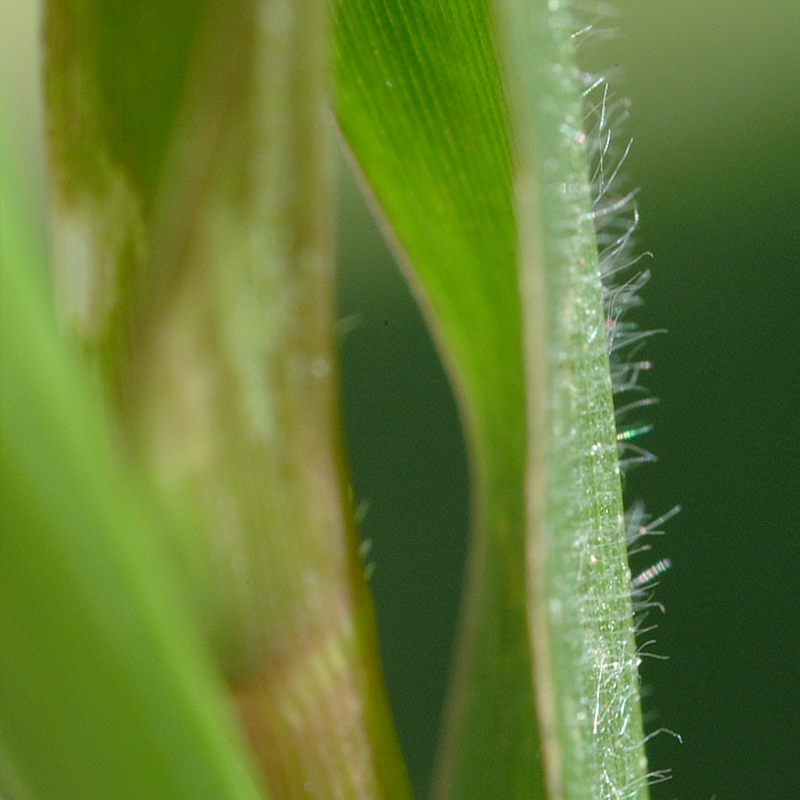
8. Surface.
The surface of your leaf may be glabrous (smooth), rugose (deeply wrinkled), glaucous (blue-tinged from a waxy coating) or pubescent (hairy—yes, really).
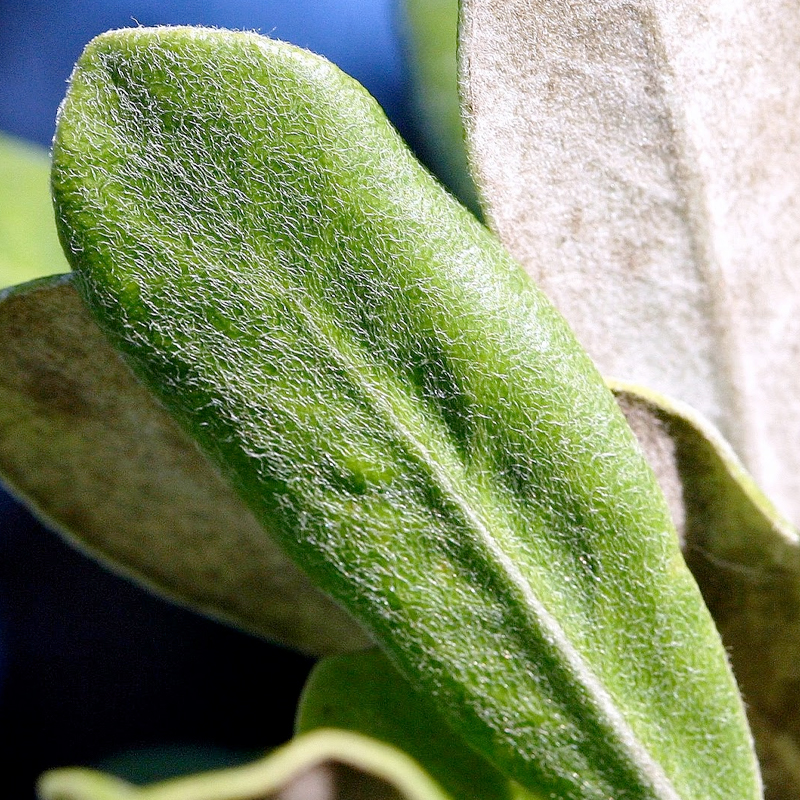
9. Hairy leaves.
Tomentose leaves have soft, woolly, matted hairs. Hispids have stiff hairs. Sericeous are silky, with fine, straight hairs that lie flat against the leaf. Scabrous are rough to the touch. The hairs of barbellate are (ouch!) barbed.

10. Modified leaves.
Petals are leaves that have been modified to attract pollinators. So are bulbs that have been modified to store energy. Some tendrils on climbing plants are modified leaves (though on some species the tendrils are modified stems or petioles). The spines of cactus are commonly said to be modified leaves, though some botanists take issue with that description.







